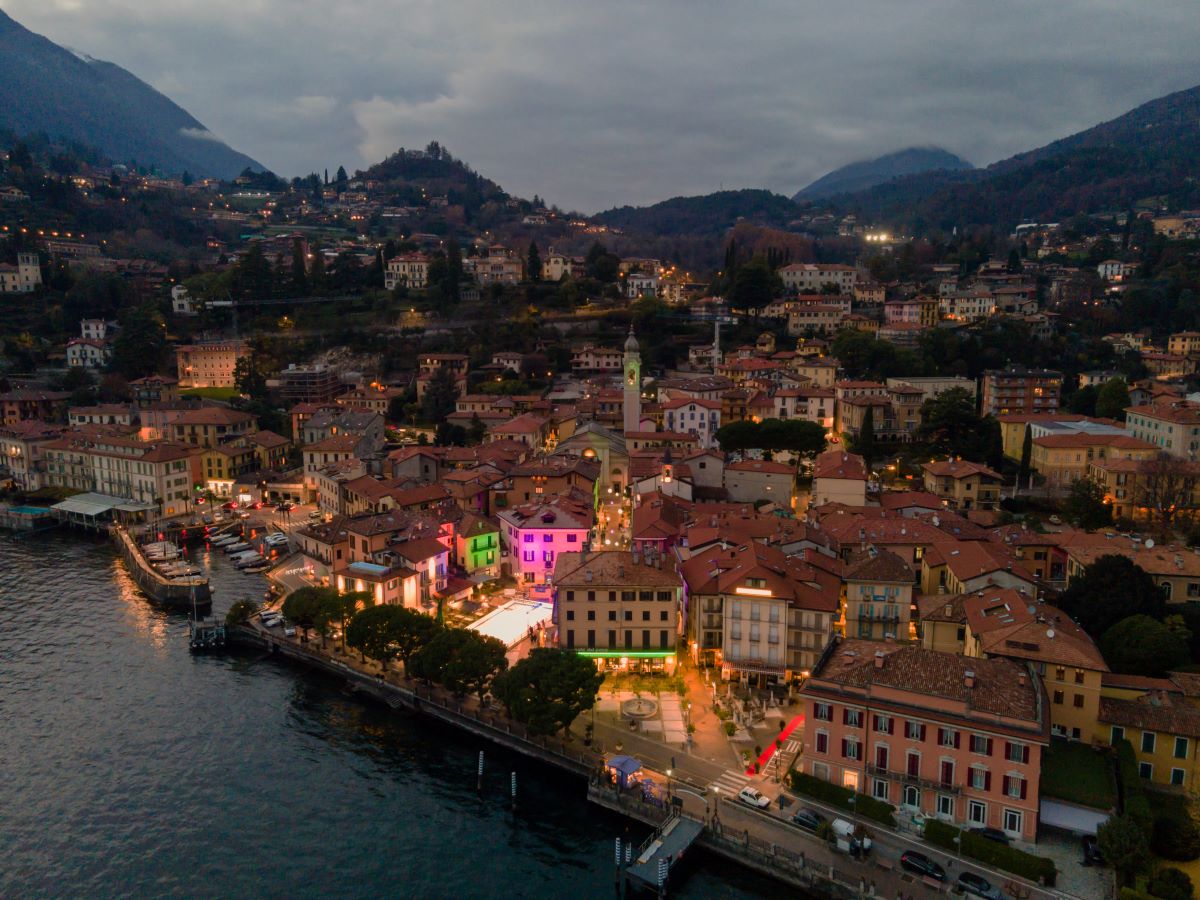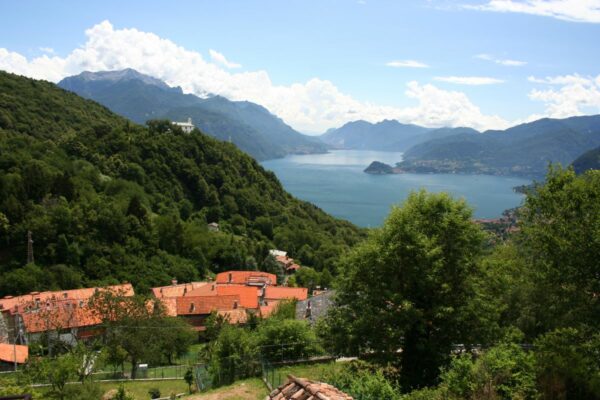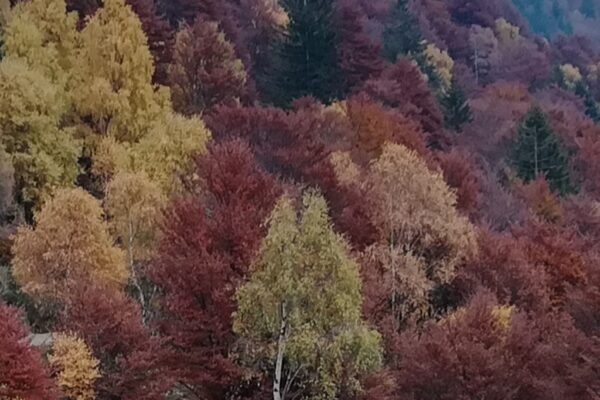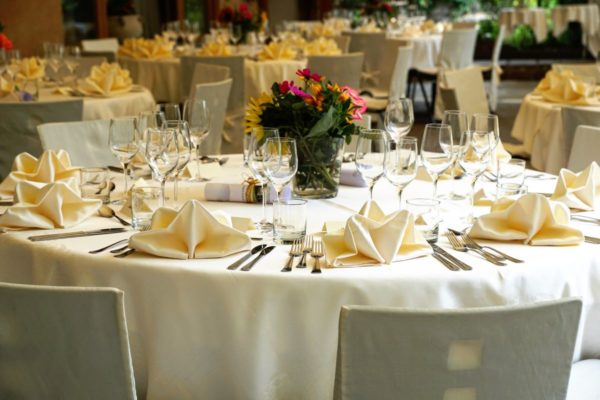Menaggio in the winter time? For those who are looking for tranquillity it is the ideal season. The winter often gifts sunny days and one can enjoy pleasant temperatures on the lakeside due to the sun reflecting in the water that softens the climate. Stopping off on one of the benches on the lake side promenade to observe the stunning panorama of the lake surrounded by its snow covered mountaintops is a heart warming experience.

The winter is the ideal season to walk on the Antica Strada Regina, the old roman road on the western side of the lake that connected Como with the Alpine passes. A well conserved stretch is the one from the hamlet Nobiallo to the historical village of Rezzonico. Another interesting and sunny section, is the one from Colonno to Griante now called the “Green Way” passing through ancient boroughs and small hamlets.
Those who want to tread the snow can follow itineraries with snow shoes on the close by mountains such as Monte Bregagno, Cima Panchette and Monte Garzirola.
Also during the winter the frequent ferry service connects Menaggio with the towns in the Center Lake Area (Bellagio and Varenna) The hydrofoil connects Menaggio to the main towns on the lake.
Thanks to its central location Menaggio is an excellent base to discover Lake Como. Here are some itineraries.
A week to discover the lake
Monday: discover the Northern end of the lake
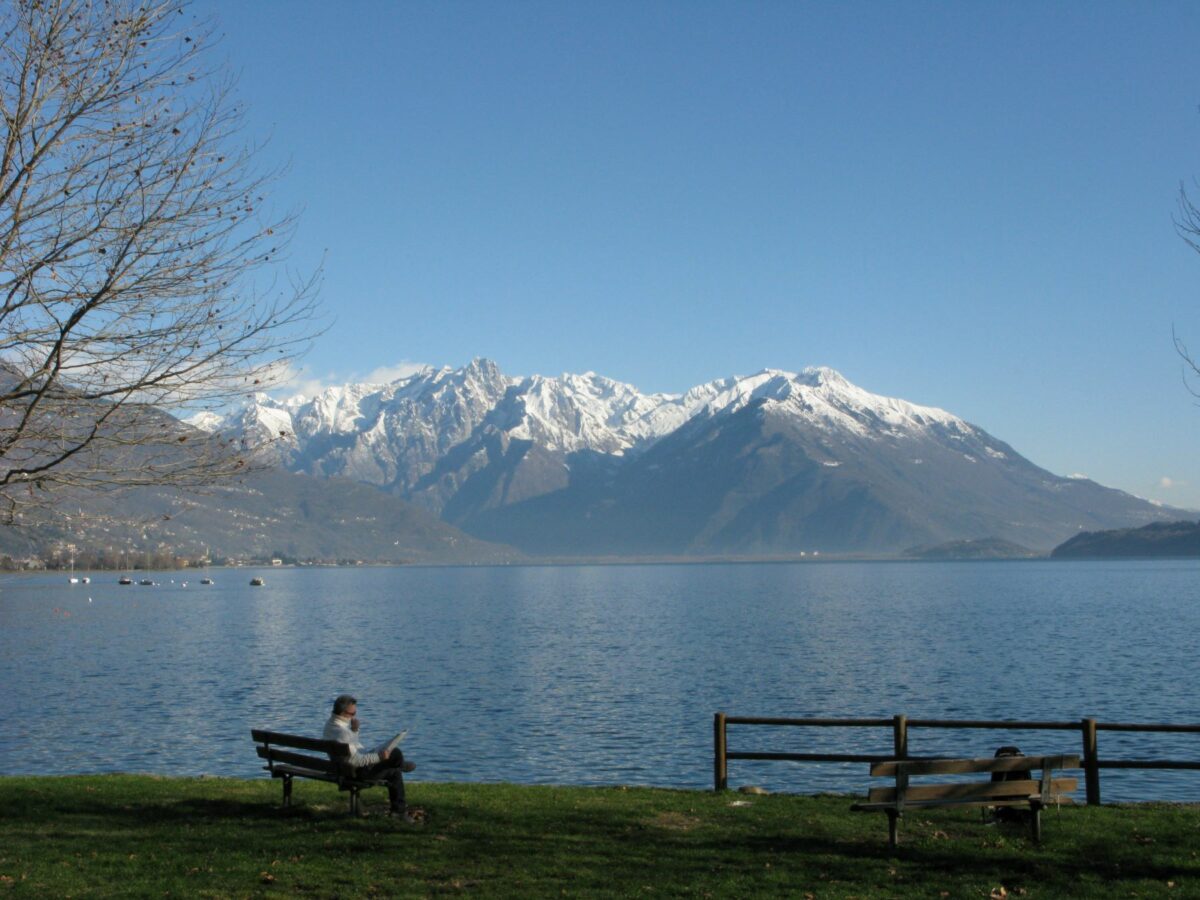
Catch the bus line C10 direction Colico from Menaggio from piazza Roma to Dongo. Get off the bus in Piazza Parracchini. On 27 April 1945 Mussolini and some of his ministers were brought here after being captured on the road between Musso and Dongo by the local partisans. These facts are remembered in the local museum in palazzo Manzi dedicated to the end of the Second World War. In the winter time it is only open on reservation for groups. There are also though two outdoor infomation panels at Dongo describing Mussolini’s arrest and the execution of the RSI leaders.
From Palazzo Manzi, built in 1824, walk along via del Mercato to piazza Rubini in order to enter the historical centre where you find the Romanesque church of S. Maria in Martinico. From here along l’Antica Strada Regina you reach Barbignano, one of the oldest parts of Dongo. Turn back to Palazzo Manzi and along via Roma and via Tre Pievi walk to the Franciscan Monastary of the Madonna delle Lacrime of the 16th century. About 50 m further, along via Bellesini, you reach the parish church of S. Stefano. The church is of ancient origins but rebuilt in the 18th century and adorned with frescoes by artists of European fame such as Carlo Scotti and Giulio Quaglio.
Behind the church a lovely lake side walk (1 h ). connecting Dongo with Gravedona starts with beautiful views of the northern lake area. At Gravedona visit the beautiful Romanesque church S. Maria del Tiglio, one of the most important Romanesque buildings of the province. Walk to the centre and follow the indications for “castello” the oldest part of Gravedona. . On the other side of the main road walk up to the church of S. Maria delle Grazie and to the church of S. Gusmeo and S. Matteo. From here you have a nice view of the elegant Palazzo Gallio of 1572. From Gravedona take the bus line C10 back to Menaggio.
Tuesday: discover Lenno and the Sacro Monte di Ossuccio
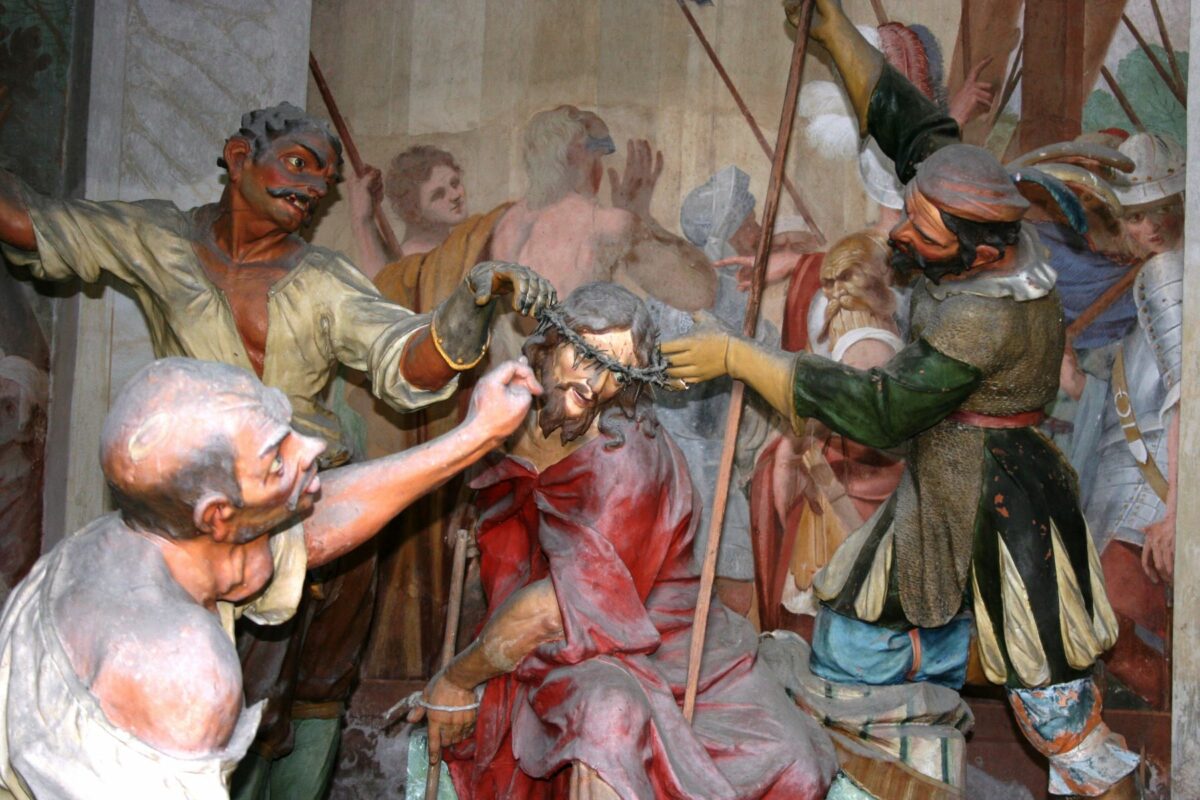
You can reach the town Lenno by bus line C10. In the morning there is a nice market on the lake side. In the piazza XI Febbraio stand the parish church S Stefano with its interesting crypt and the splendid Romanesque Baptistery of S. Giovanni. Lenno lies around the beautiful bay called “Baia di Venere,” formed by the peninsula Lavedo where one of the most famous villas of the lake, the villa Balbianello stands. See the website for the opening times during the winter. It was built in the late 1700s on order of Cardinal Durini.
From Lenno you can walk to the Santuario della Madonna del Soccorso (45 min one way) along the famous lane with the 14 chapels dedicated to the rosary, with life size statues out of terracotta of the 17th century, due to its artistic and historical importance it was declared Heritage of Humanity. Back by bus C10 or by boat to Menaggio.
Wednesday: Discover Menaggio and Breglia
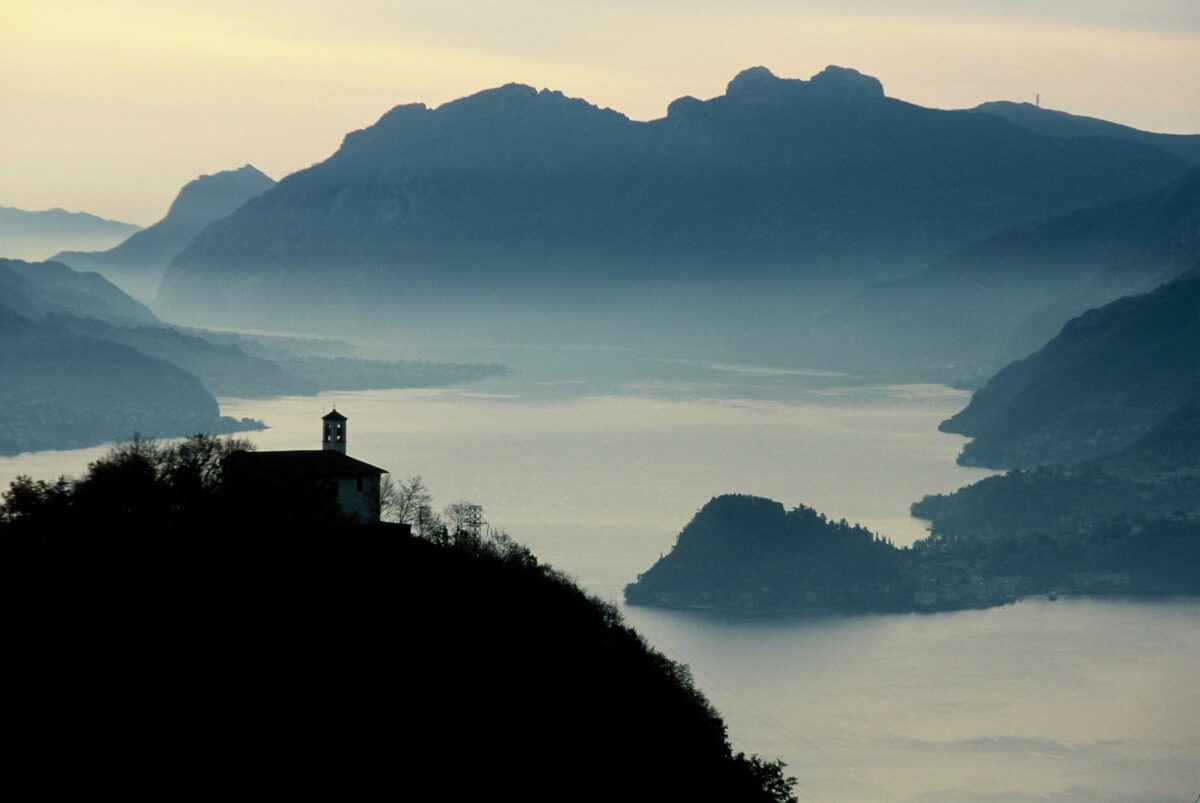
Menaggio consists in a centre and three villages, Croce, Loveno e Nobiallo. The circular walk of 3 hours called Menaggio and its Villages leads you to discover their historical and artistic aspects. You will follow the traces of the former railway, which from 1884 brought tourists from all over Europe to Lake Como, you will discover the First World War trenches on Monte Crocetta, the remains of the Menaggio Castle destroyed in 1523, the sun kissed Loveno, from the end of the eighteenth century a prestigious residential area with its beautiful villas such as Villa Mylius Vigoni. Finally you will visit Nobiallo, a typical fishing village stretched along the lake under the protective eye of the Sanctuary of the Madonna della Pace with its beautiful 17th century architecture.
From Menaggio we highly recommend the scenic bus ride to the mountain village Breglia 7 km (bus line C13. From Breglia you can walk to the Santuario della Madonna di Breglia (path starts next to the cemetery – 15 min) or to S. Domenico Superb views on the Centre Lake area.
Thursday: Discover Como
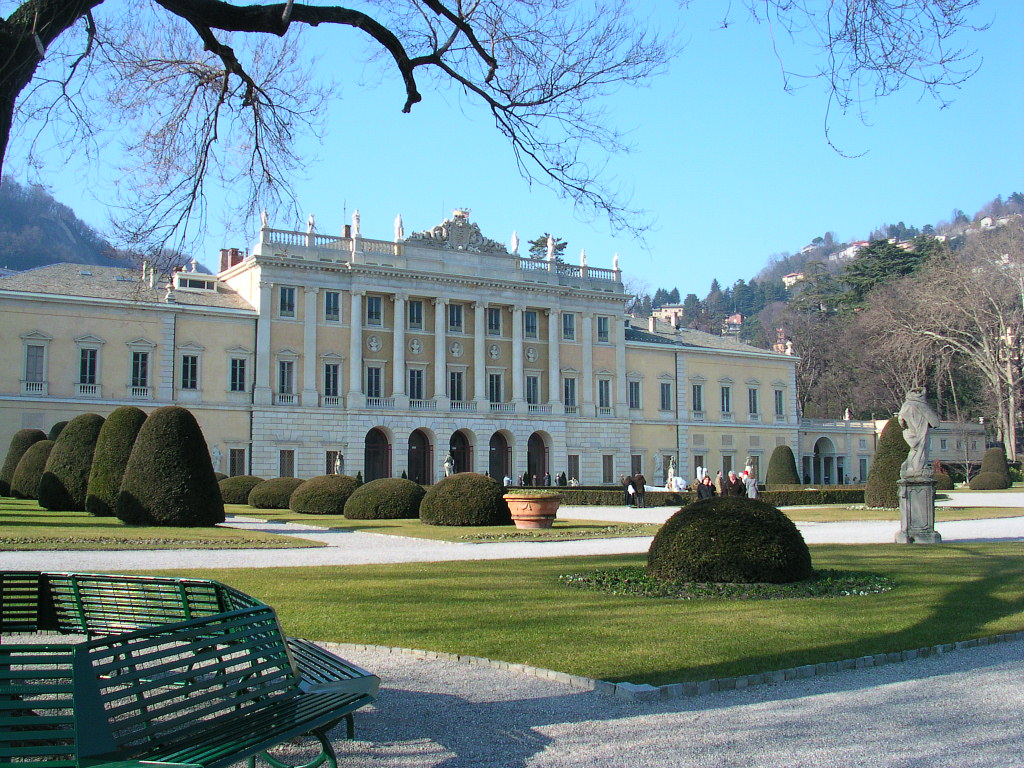
Take the bus line C10 from Menaggio to Como. Get off at the bus station in piazza Matteotti. Como’s centre, located inside the antique medieval walls, is rich in monuments and artworks. In the piazza del Duomo (cathedral) you find the Broletto, the antique town hall built in 1200 and the town’s bell tower. The Duomo was built between the end of 1300 and the mid 1700’s and is a fusion of different architectural styles. The façade statues are astonishing. Behind the Duomo is the ex Casa del Fascio masterpiece of the rationalist architect Giuseppe Terragni considered the symbol of modern architecture.
Como also hosts real gems of the Romanesque period such as the church of S. Fedele. Near the lake stands the neoclassic Voltiano temple erected in 1927 for the centennial of the death of Alessandro Volta, the inventor of the battery, born in Como. Follow the itinerary through the Como’s historic center. We recommend the walk from Piazza Cavour to the gardens of Villa Olmo in order to admire the beautiful neoclassical villas on the lake shore. A ride with the funicular from Como to Brunate gives you an extraordinary view of the town.
From Como it is possible to do a one hour boat trip around the first basin of the lake and admire the villas and noble palaces woven in the wonderful landscape. There is a boat every half an hour that leaves Como and touches Tavernola, Cernobbio, Moltrasio, and Torno. By purchasing a day pass you can complete the entire journey in about one hour, staying on board or hop off at the intermediate stops to visit the villages on this part of Lake Como. Back by bus or hydrofoil to Menaggio.
Friday: A walk along the Greenway from Tremezzo to Lenno

Take bus line C10 to Tremezzo and get off at the bus stop near villa Carlotta. The villa was built in 1690 and is surrounded by a beautiful park with rare plants and trees.
From the villa, walk along the lake side following the Greenway ), a nice walk between Tremezzo and Colonno signed with metal signs on the pavement. We will follow this walk only as far as Lenno (1h30). You pass the Grand Hotel Tremezzo (1910), one of the most sumptuous hotels on the lake and the Sampietro porticoes. You enter the Olivelli Park with its beautiful Italian Baroque garden and grand fountain.
From here continue to Bolvedro past the splendid villa La Quiete of the early 18th century with its magnificent Italian garden. The Greenway then climbs up to Mezzegra with its splendid historic centre with some impressing 17th century palaces. Visit the little museum called Casa dei Presepi at Bozzanigo which hosts an interesting collection of nativity scenes. From the church S. Abbondio, there is a superb view of the lake. The Greenway then leads you down to Lenno. In the piazza XI Febbraio stand the parish church S Stefano with its interesting crypt and the splendid Romanesque Baptistery of S. Giovanni. Lenno lies around the beautiful bay called “Baia di Venere,” formed by the peninsula Lavedo where one of the most famous villas of the lake, the villa Balbianello stands. It was built in the late 1700s on order of Cardinal Durini. From Lenno take the bus line C10 back to Menaggio.
Saturday: Car trip through Valsolda

We depart from Menaggio and follow the road towards Lugano. You arrive at Porlezza, a tourist resort on lake Lugano also known as Ceresio.
Follow the road in the direction of Lugano that leads through the Val Menaggio, and connects Lake Como with Lake Lugano. In the valley you pass the small Lake Piano, a protected natural oasis. We recommend a stop at the Casa della Riserva (near the restaurant Laghetto Bianco) with its small eco-museum and lovely view of the lake. You reach Porlezza, a small tourist resort situated on the Italian part of Lake Lugano also called Ceresio. Every Saturday there is a market on the lakeside. Just past the town Cima, turn right to visit the “Santuario della Madonna della Caravina” built in 1663. Inside there is a series of frescos of the baroque age. From the church you have a spectacular view of the lake and he village of Osteno on the opposite shore. The construction of the church is linked to a fresco; a miraculous image of Our Lady of Mercy once housed in a small country chapel. Cardinal Carlo Borromeo, Archbishop of Milan and Lord of Valsolda, turned the chapel into a Sanctuary in 1582.
Back on the main road head for Castello the most scenic hamlet of Valsolda. Park near the cemetery and take Via Gonfalonieri for a 10 minute walk the the lovely village which clings to a rocky spur. The village takes its name from the ancient fortificationa. Not to be missed is the S. Martino church with beautiful frescos in the vault painted by Paolo Pagani, born at Castello, and the museum Casa Pagani the artist’s local home that has been turned into a small museum to honour the artists of the Valsolda area.
Then drive to Oria. Here you can admire the places where Antonio Fogazzaro set his famous novel the Patriot, including the villa Fogazzaro Roi where the writer stayed for some time. It stands in a loveley square that is also the churchyard of the church os Saint Sebastiano. The villa is property of National Trust (FAI)
Sunday: Walk in the Val Sanagra park and enjoy the flowering of Christmas Roses
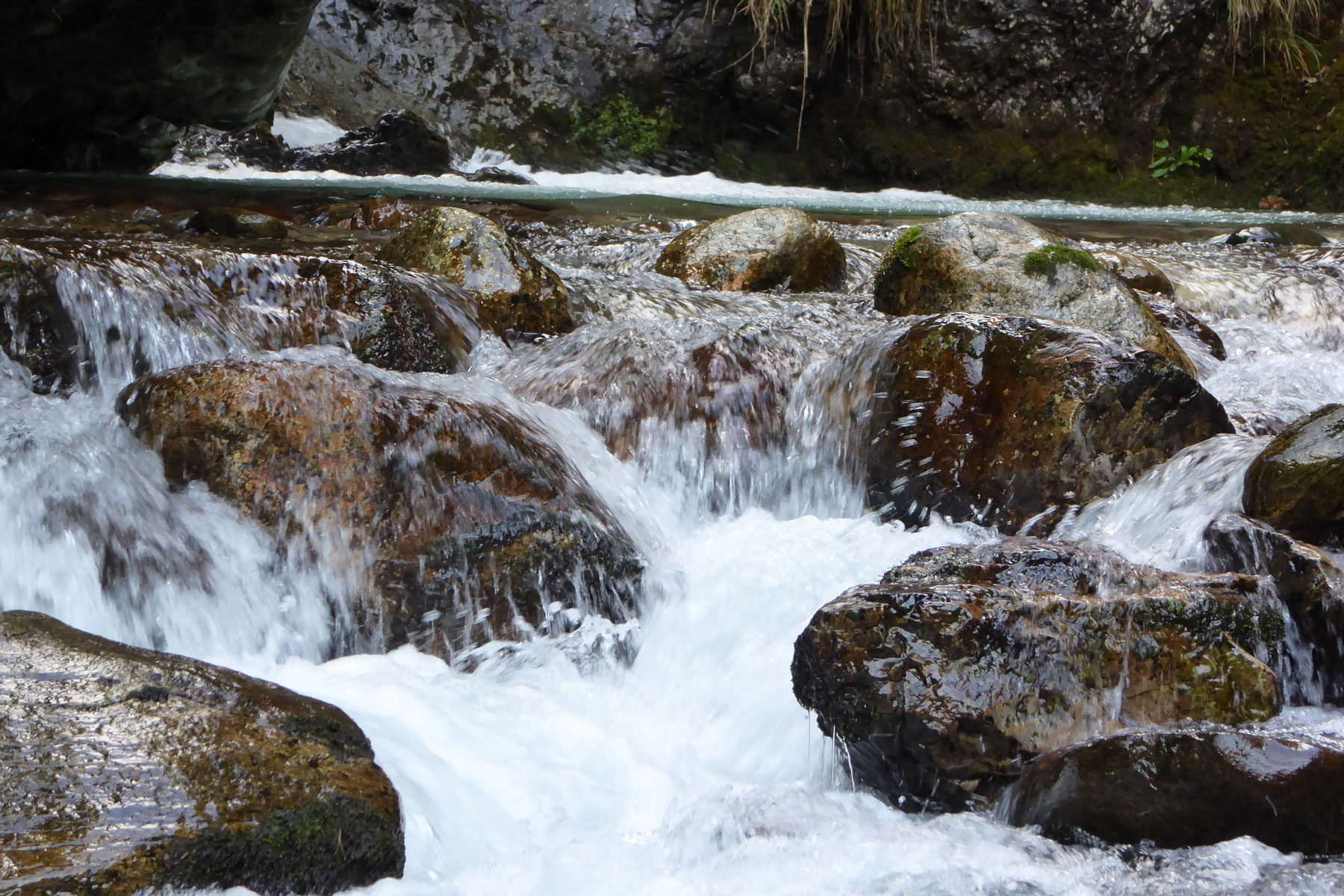
This walk circular walk of 2h30 hours follows one the many itineraries leading through the Val Sanagra Park an area rich in flora, fauna and antique rural settlements. The itinerary will show you various features of the Val Sanagra: the wonderful natural setting and traces of traditional activities such as mills, lime-pits and furnaces.
From Menaggio you walk up to the village Loveno with its splendid villas such as Villa Mylius Vigoni now owned by the German Federal Republic which hosts the Centro Italo Tedesco Villa Vigoni. Just past the church San Lorenzo with its baroque facade, and after a brief ascent, you arrive at Piamuro a big pasture (40 min. from Menaggio). From here follow the trail n°4 of the Parco Val Sanagra in the direction of Mulino della Valle. Just past the little Chapel dell’Artus (read the interesting legend), the track leads down to the river Sanagra.
Do not cross the bridge but continue on path n°4, that passes by the ancient kiln Galli which is an example of a traditional activity. The clay of the river and its water power was used in order to make bricks and roof tiles.
Slightly further you reach La Chioderia (412 m), till 1820 a mill and then a factory where nails were made. Now-a-days it is a trout farm with a typical inn.
Continue on path n 4. Just past the trout farm you take the trail head of path n° 3 for Barna. From Barna, built around a lovely square, you walk down the trail through the woods enjoying the flowering of the elbora back to Piamuro (25 min).
